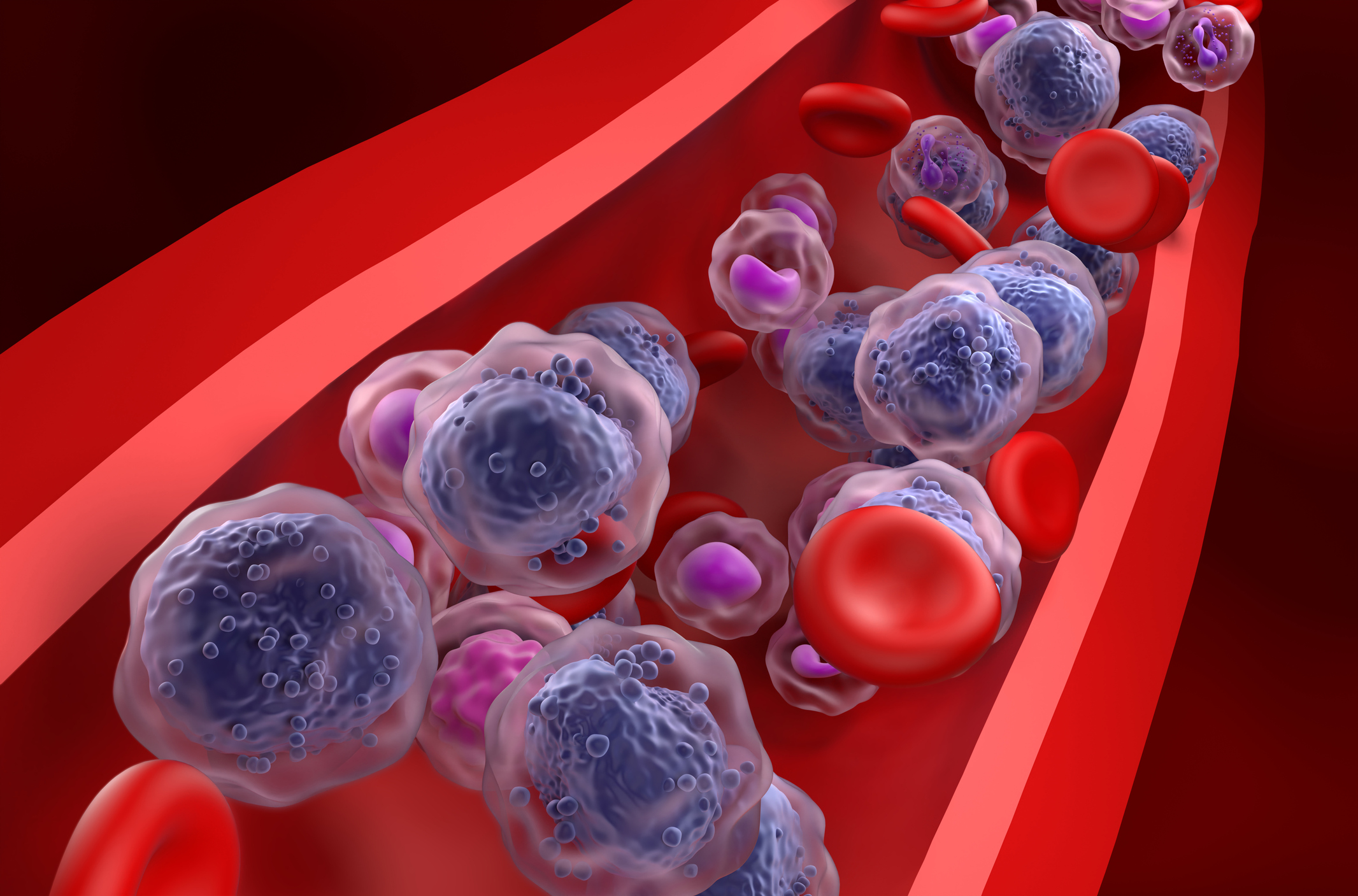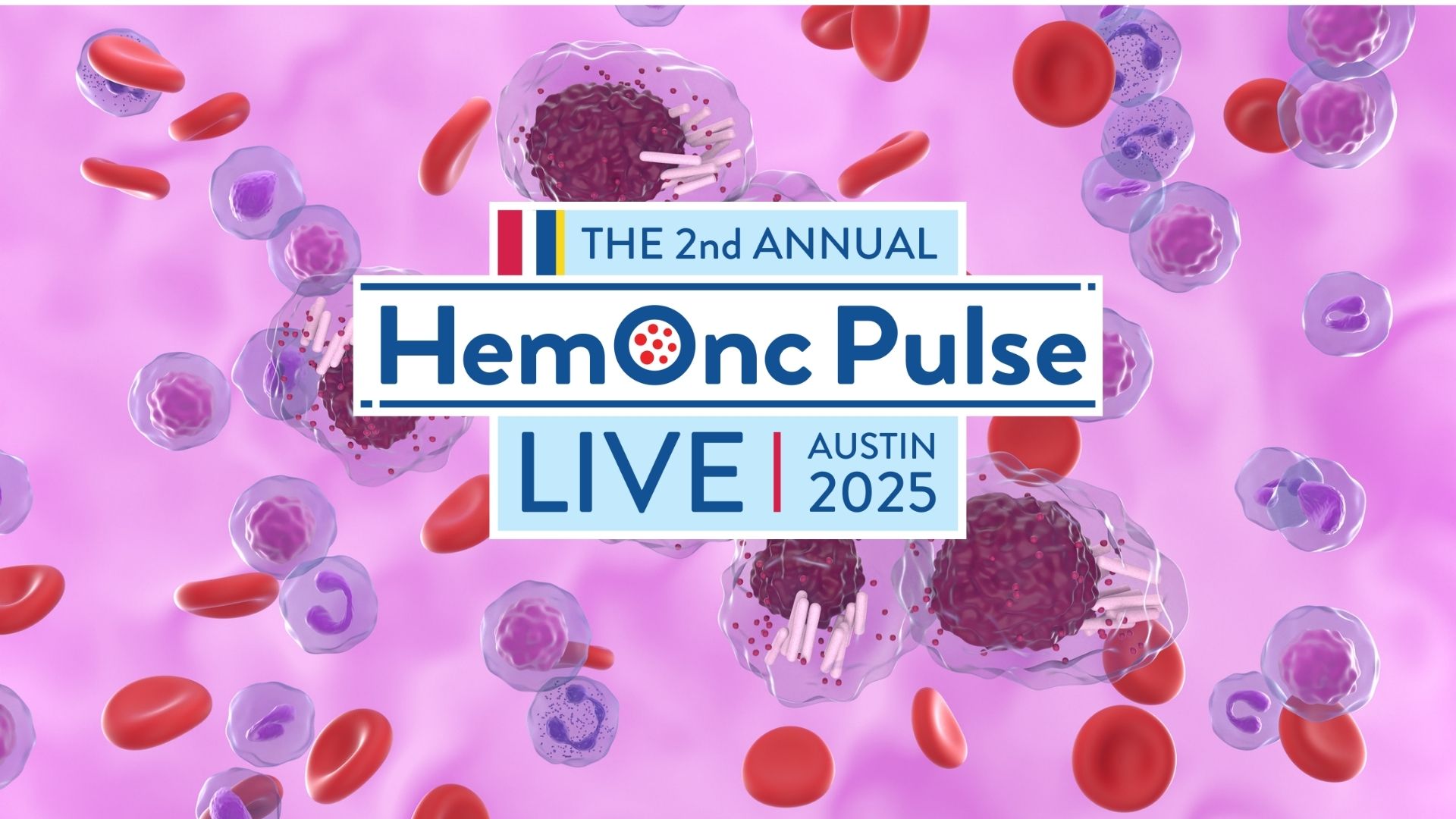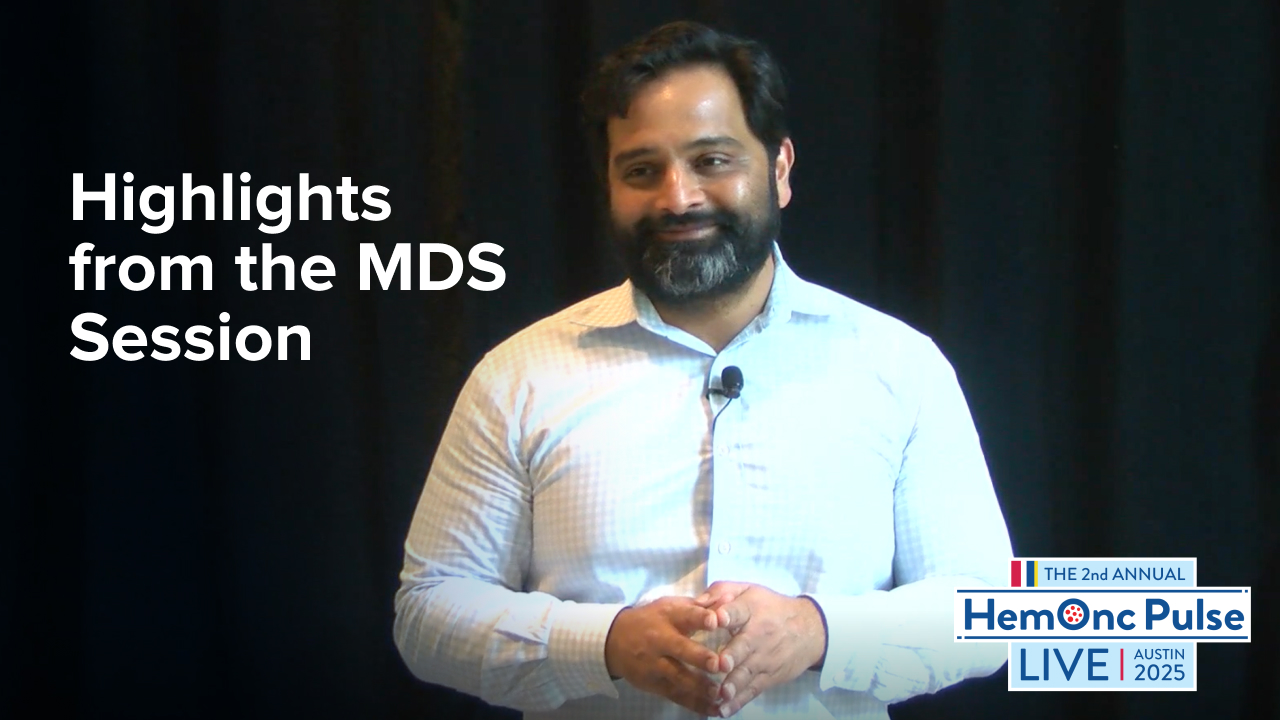
A common treatment goal for patients with polycythemia vera (PV) is to control hematocrit (HCT) by utilizing therapy, phlebotomies, and cytoreductive therapies. The first-in-class small interfering RNA (siRNA) therapy targeting TMPRSS6, divesiran, appears well tolerated with encouraging preliminary efficacy in patients with PV, according to phase I study results.
“Polycythemia vera is a chronic blood cancer and the biggest issue with patients is risk of thrombosis. The strategies that we currently have for polycythemia vera are really to try to decrease that. So, we’re doing that for controlling the blood count and specifically, we know that controlling HCT, keeping it at less than 45% has been shown to decrease the risk of thrombotic events such as myocardial infarctions, heart attacks, and strokes.” Marina Kremyanskaya, MD, PhD, associate professor of medicine, hematology and oncology, Icahn School of Medicine at Mount Sinai, told Blood Cancers Today, in an interview.
Therapies that hematologist-oncologists are using to treat PV include hydroxyurea, which has been available for decades, as well as interferon and ruxolitinib. Dr. Kremyanskaya stated, “It seems like a lot but it’s not, because some patients don’t tolerate certain medications, don’t respond to the medications, or there are some other issues why they can’t take them.”
Hypothesizing that inhibition of TMPRSS6 can elevate hepcidin and lower iron delivery to the bone marrow, leading to erythropoiesis reduction, the phase I SANRECO study (NCT05499013) enrolled 21 patients with PV. The population had at least three phlebotomies within six months of enrolling or five phlebotomies within 12 months of enrolling. Patients were allowed to have had cytoreductive therapy, if their dosing was stable for 12 weeks before study screening with no planned dose changes. Patients were also required to have platelet counts of 1,000,000/μL or lower and white blood cell (WBC) counts of 25,000/μL or lower.
SANRECO included three dose cohorts, in which six patients received divesiran 3 mg/kg, eight patients received 6 mg/kg, and seven patients received 9 mg/kg. At baseline, patients’ ages ranged from 32 to 71 years, the population was largely male (76%), 52% of patients were White, and 48% were Asian. Fifty-seven percent of patients had high-risk disease, and 43% had low-risk disease. The most common type of cytoreductive therapy was hydroxyurea (62%), but 10% received ruxolitinib, and 33% had no cytoreductive therapy. The number of phlebotomies performed on patients ranged from two to nine, and baseline HCT ranged from 39 to 59.
Results show that divesiran demonstrates an increase frequency of lower HCT and a decrease in number of phlebotomies required while also increasing body iron content in patients with PV. There were 79 phlebotomies prior to divesiran dosing, five during the treatment period and two during follow-up. Phlebotomies were not required for patients with baseline HCT of less than 45%. Regardless of baseline HCT level, HCT was lowered in all patients. Improvements in iron levels have been observed in patients, and WBC counts were not altered over the course of the study. A plateau was reached with platelet increases, and there was no dose-dependent effect, according to investigators.
The majority of the treatment-emergent adverse events (TEAEs) were low grade (84%). There were no grade 2 TEAEs observed during the study. Of the 21 patients evaluated, 19 experienced TEAEs. There were 52 incidences of self-limiting injection site reaction. The most common TEAEs observed in any cohort were injection site reaction (61.9%), anemia (33.3%), and fatigue (23.8%).
“This is early study, and therefore another important aspect of this was looking at the safety and tolerability. The drug was well tolerated, and there were no serious adverse events. Also, no patients had to come off the drug because of the tolerability issues. So, the next step of course, is to take it to phase two,” Dr. Kremyanskaya said.
Reference
Kremyanskaya M, Hoffman R, Chew L, et al. Initial results from a phase 1/2 study evaluating divesiran, a novel galnac conjugated siRNA, in patients with polycythemia vera (SANRECO). Abstract 656. Presented at the 66th American Society of Hematology Annual Meeting & Exposition; December 7-10, 2024; San Diego, California.






 © 2025 Mashup Media, LLC, a Formedics Property. All Rights Reserved.
© 2025 Mashup Media, LLC, a Formedics Property. All Rights Reserved.